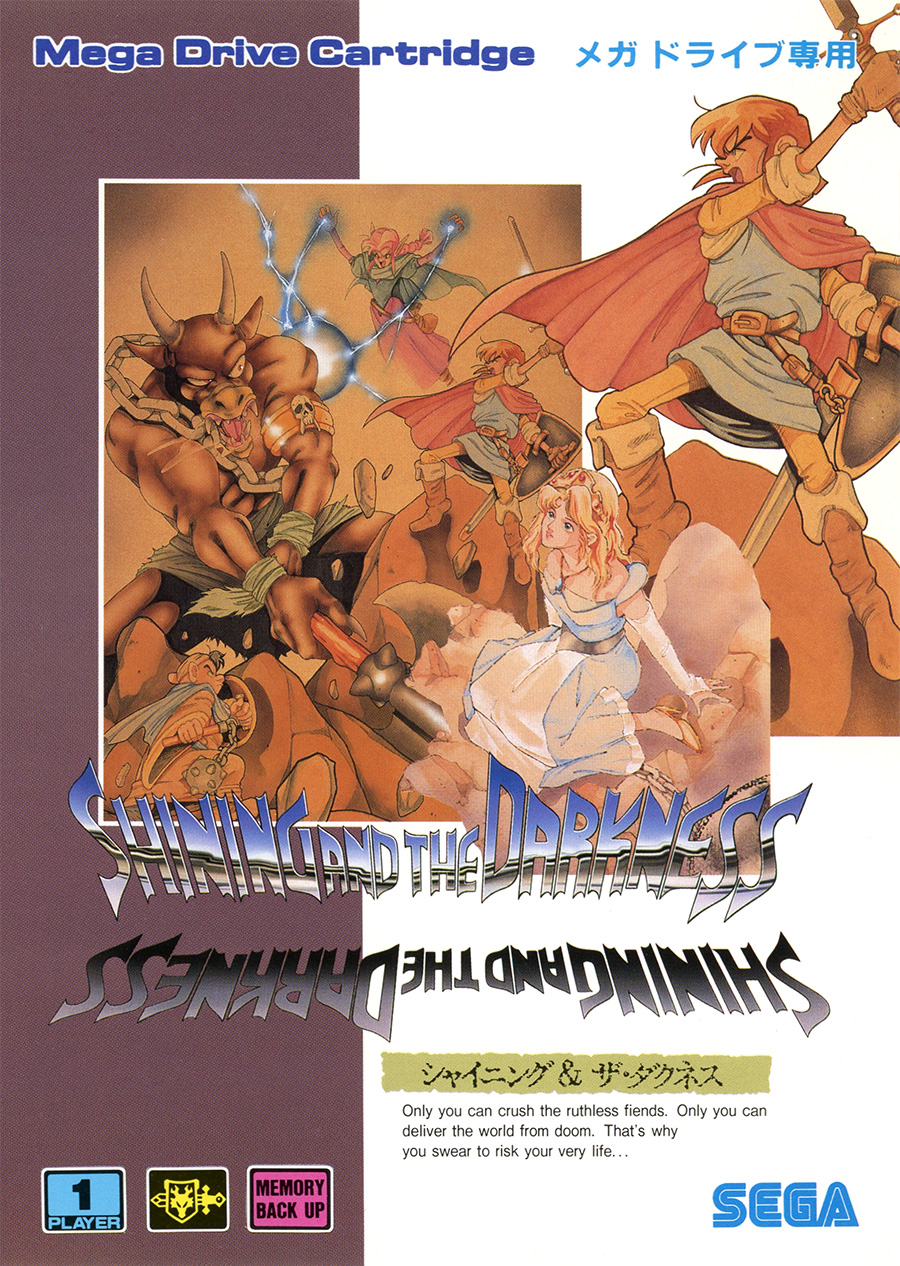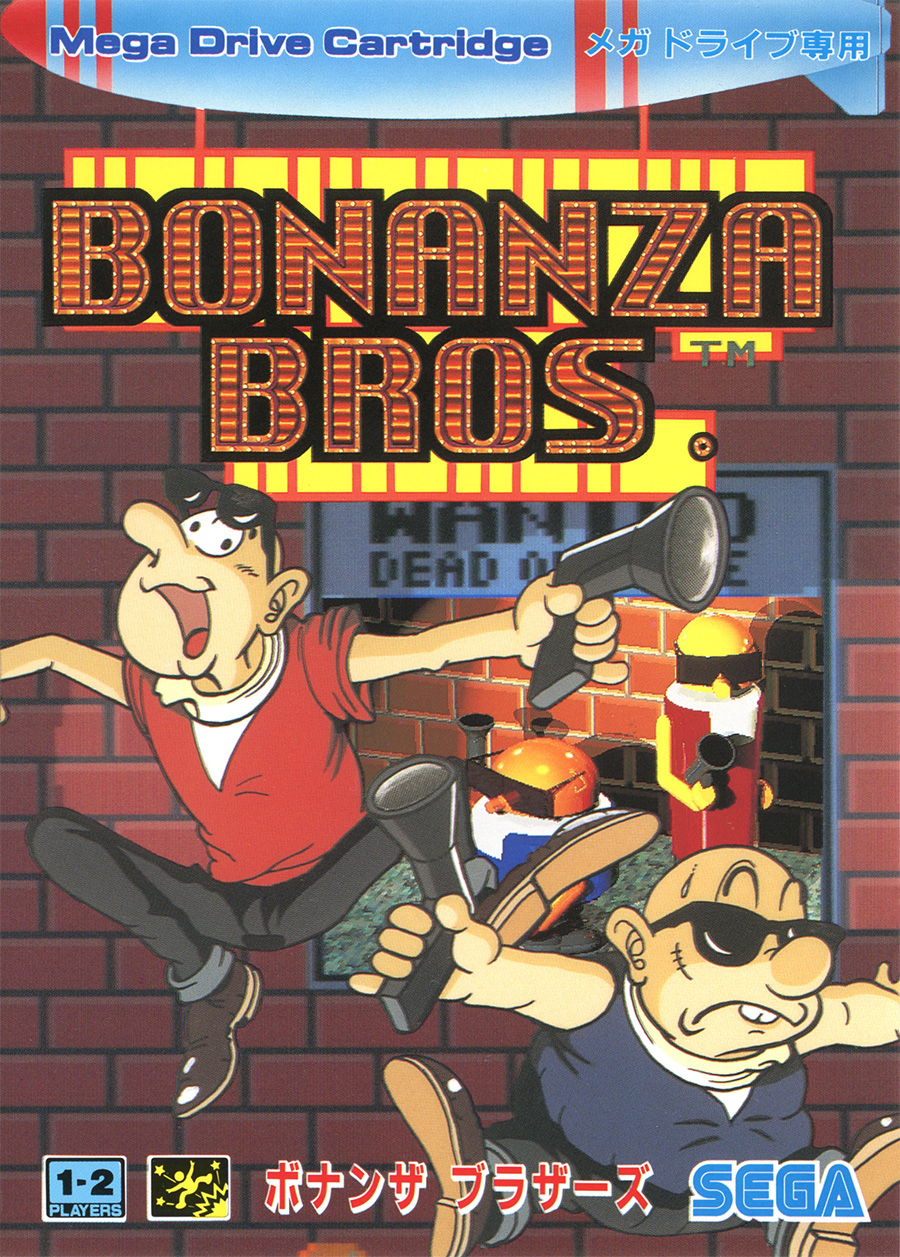光明與黑暗
《光明與黑暗》(日語:シャイニング&ザ・ダクネス,英語:Shining and the Darkness)是1991 Sega Mega Drive推出的角色扮演遊戲,也是《光明與黑暗系列》的開端之作。不僅是Mega Drive平台上首款RPG,也為日後跨越多個平台的「Shining 系列」奠定核心風格,包括Sega系列主機、Game Boy Advance、PlayStation 2,乃至後來的家用主機與Steam版合輯。在2007年透過Wii Virtual Console重新復刻,並於2009年收錄於Xbox 360/PS3的《Sonic's Ultimate Genesis Collection》,2011年起收錄於PC《Sega Genesis Classics》,之後亦隨PS4、Xbox One、Switch等平台推出合集版本,最終在2018年以《Shining Force Classics》登上行動平台,使得本作長期維持曝光度並持續受到老玩家關注。
在遊戲性方面,是典型的地城探險式第一人稱地下城RPG。主角馬克斯(或英文版的 Hiro),與兒時好友比爾博(Milo)與梅琳(Pyra/Merlin)一同探索巨大且層層相連的立體地下迷宮。迷宮以擬似3D技術呈現,移動順暢、轉向平滑,在當時的16位元主機時代極具視覺震撼力,其滑順程度甚至被評論拿來與《Phantasy Star》與《真・女神轉生》並論,並被視為Sega在地城RPG表現技巧上的重要突破。探索迷宮時會隨機遭遇敵人,進入回合制戰鬥,可依敏捷度決定行動順序,使用物理攻擊、補助魔法、傷害魔法或道具等方式應戰。遊戲也包含固定Boss戰,以及需經過四種考驗(力量、智慧、勇氣與真實)的試練關卡,這些考驗是為讓主角獲得光之武器並最終面對邪惡巫師Mephisto/Dark Sol。
劇情發生在叢林中的索恩伍德王國。王國公主神秘失蹤,主角的父親也不知去向,邪惡巫師Dark Sol向國王提出威脅,要求王位以換取人質。主角為了尋回摯愛與父親,踏入充滿陷阱、怪物與迷途危險的巨大迷宮。旅程中他將救出或錯過某些關鍵角色,而不同的救出組合會對故事造成細微變動,這在當時的 RPG 設計中屬於相當新穎的概念。
角色設定方面,主角馬克斯是王宮的新手戰士,比爾博擅長治癒與補助魔法,梅琳則是攻擊魔法專家。酒場中的獨眼冒險者哈修為旅程提供建議,而綁走公主的Mephisto則隱藏著出人意料的真實身分。值得一提的是,本作參與開發的內藤寛曾擔任《勇者鬥惡龍 III、IV》的主要程式設計者,因此在城市與地牢的體驗結構上帶有濃厚的DQ系統脈絡,主角團的配置也極為經典,甚至被許多玩家形容為「帶 Sega 風格的DQ2」,而角色與包裝設計則由玉木美孝負責,其具有辨識度的繪風讓本作在當年引起不少話題。
遊戲系統以方向鍵操作為核心,地牢中的旋轉與移動極為直覺,城市場景以轉動視角選擇設施的方式進行互動。迷宮充滿落穴、旋轉地板、水坑與特定地形才會出現的怪物,構成本作地牢探索的特色。唯一的大型地下城擁有多層樓結構與不同怪物配置,使得探索內容相當充實。戰鬥選單以上下左右按鍵配置四種行動指令的方式呈現,這個設計後來成為整個Shining系列的傳統要素。
有許多受到玩家與業界肯定的亮點。滑順的迷宮移動、豐富的物品種類、精心描繪的街景與酒場畫面、富有特色的怪物登場演出,都是當時極具魅力的設計。部分怪物會從天花板落下或從遠方逼近,展現第一人稱地城RPG的獨特臨場感。若玩家賣出稀有物品,它們會以「掘出物」的形式在商店重新出現,雖然需要付較高費用,但某種程度上等於提供了無限容量的倉庫功能。然而,也存在一些設計上的限制,例如MP管理不易、部分陷阱區域強迫消耗資源、寶箱內容物價值偏低、道具持有上限僅有每人八格、某些單體出現的敵人強度過高、狀態異常無法在戰鬥介面辨識、部分戰鬥魔法威力偏弱等。主角甚至沒有「防禦」指令,卻有一個完全無用途的「魔法」選項,這種顯然未完善的選單安排也常被玩家討論。迷宮畫面雖然滑順,但顯示區域偏小,被視為美術與技術折衷的結果。
即便如此,本作仍被視為遊玩體驗愉快且設計成熟的地城RPG。操作流暢、系統直覺、難度適中,在RPG仍在快速進化的90年代初期顯得格外容易上手,補足當時硬體平台上缺乏高品質角色扮演遊戲的空缺。對許多玩家而言,它是重新認識「第一人稱3D地牢RPG 魅力」的作品,也是證明「遊玩舒適度本身即是核心品質」的代表作品。其後《Shining Force》、《Shining the Holy Ark》等續作以不同遊戲類型延伸世界觀,更奠定 Shining 系列於玩家心中的地位。
在市場與收藏層面,因為是Shining系列的首作,加上畫面風格鮮明、與DQ系統血脈相承、迷宮技術具有歷史意義,至今仍被視為Mega Drive時代不可忽略的代表性作品。其後續在各大平台重製與合輯持續收錄,讓本作長期保持活躍度,也使新世代玩家能重新體驗這款誕生於16位元時代、卻仍具可玩性的經典作品。儘管其內容以今日標準來看屬於中規中矩,但它在當時為3D地城RPG帶來的易上手設計與操作流暢感,仍被視為影響後續系列的重要基礎。
Shining and the Darkness (Japanese: シャイニング&ザ・ダクネス, English: Shining and the Darkness) is a role-playing game released for the Sega Mega Drive in 1991. As the very first title of the Shining series, it not only marked the Mega Drive’s debut RPG, but also established the foundational style for the long-running franchise that later expanded across multiple Sega consoles, the Game Boy Advance, PlayStation 2, modern home systems, and even Steam. The game was revived through the Wii Virtual Console in 2007, included in Sonic’s Ultimate Genesis Collection for Xbox 360 and PlayStation 3 in 2009, and became part of the Sega Genesis Classics lineup on PC in 2011—later arriving on PS4, Xbox One, and Switch. In 2018 it was also released on mobile devices as part of Shining Force Classics, keeping the game visible and continuously appreciated by long-time fans.
In terms of gameplay, it is a classic first-person dungeon-crawling RPG. The protagonist, Max (known as Hiro in English versions), explores a massive multilayered labyrinth with his childhood friends Milo (Bilbo) and Pyra (Merlin). The maze uses pseudo-3D rendering with exceptionally smooth movement and rotation—an impressive technical achievement for a 16-bit console. Its fluidity was often compared to Phantasy Star and Shin Megami Tensei, and was considered a major breakthrough for Sega’s approach to dungeon-crawler design. Monsters appear through random encounters, triggering turn-based battles in which turn order depends on agility and a random factor. Players may attack, cast offensive or support spells, use items, or attempt to flee. The game also features fixed boss battles and the four Trials of Strength, Wisdom, Courage, and Truth—key steps required to obtain the Light Weapons and ultimately face the evil sorcerer Mephisto, known as Dark Sol in English versions.
The story takes place in the forest kingdom of Thornwood. After the princess goes missing and the protagonist’s father also disappears, the sorcerer Dark Sol threatens the king, demanding the throne in exchange for their safety. Determined to save both the princess and his father, the hero enters the vast, dangerous labyrinth filled with traps, monsters, and uncertainty. Along the way, the player may rescue or miss certain optional characters, and these choices lead to subtle variations in the storyline—an innovative concept for RPGs of the early 1990s.
Regarding characters, the protagonist Max is a novice royal warrior; Milo excels at healing and support magic; Pyra specializes in offensive spells. The one-eyed adventurer Hash offers valuable advice from the tavern, while the kidnapper Mephisto hides a surprising true identity. Notably, the game was partly developed by Koichi Naito, the main programmer of Dragon Quest III and IV, giving the overall structure—town design, dungeon progression, and party roles—a distinctly DQ-like feel. Some players even described the game as “Dragon Quest II with Sega flavor.” Character and package illustrations were handled by Yoshitaka Tamaki, whose distinctive art style drew major attention at the time.
The game's systems revolve around directional-pad control: smooth rotation and movement inside dungeons, and a viewpoint-shifting interface for selecting facilities in town. The labyrinth includes pitfalls, rotating floors, puddles, and terrain-specific monster encounters, forming a memorable exploration experience. Although the entire game is built around one massive dungeon, its floor count, vertical layering, and distribution of monsters ensure substantial content. The battle menu assigns four commands to the D-pad’s four directions—an intuitive layout that later became a hallmark of the entire Shining series.
The game contains several widely praised strengths. Its smooth dungeon navigation, large variety of items, richly illustrated town and tavern scenes, and memorable monster introduction sequences all earned acclaim. Some monsters fall from the ceiling, advance from distant corridors, or move sideways like crabs—details that enhance the immersive first-person experience. If the player sells rare items, they reappear in shops as “Finds,” allowing repurchase at higher cost; although expensive, this effectively acts as an infinite-capacity storage system.
However, the game also has limitations. MP management is difficult, some traps force resource consumption, treasure chests often contain low-value items, and each character can carry only eight items—half of which may be occupied by equipment. Certain solitary-encounter monsters are disproportionately strong, status ailments are not visually indicated in battle, and some offensive spells are underpowered. The protagonist lacks a “Defend” command yet strangely has a useless “Magic” option despite not learning any spells—a menu choice often criticized by players. The dungeon’s smooth graphics are displayed in a relatively small window, seen as a compromise between aesthetics and hardware constraints.
Despite these issues, Shining and the Darkness is still regarded as an enjoyable and well-crafted dungeon RPG. Its fluid controls, intuitive systems, and moderate difficulty made it unusually accessible during the early 1990s—a period when RPG design was rapidly evolving. For many players, it was the title that reintroduced the appeal of first-person dungeon crawlers, proving that “playability itself is a core element of quality.” Later titles such as Shining Force and Shining the Holy Ark expanded the universe in new genres, cementing the series’ lasting reputation.
From a market and collector perspective, the game remains significant as the origin of the Shining franchise. Its distinctive art direction, structural resemblance to Dragon Quest, and historically important technical achievements in dungeon rendering have made it a notable representative of the Mega Drive era. Continued rereleases across numerous platforms ensure that both veteran fans and new players can experience this classic 16-bit dungeon RPG—one that, while modest by today’s standards, played a crucial role in shaping the accessibility and feel of future 3D dungeon-crawler titles within the series.
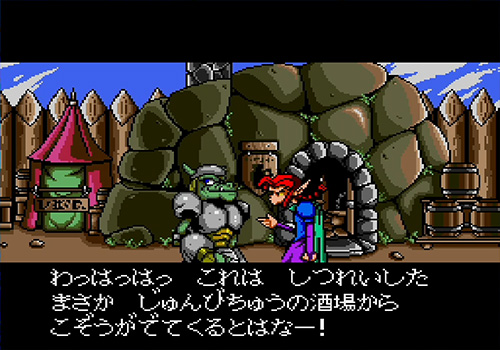
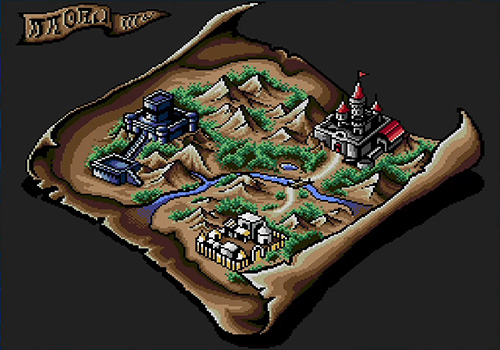
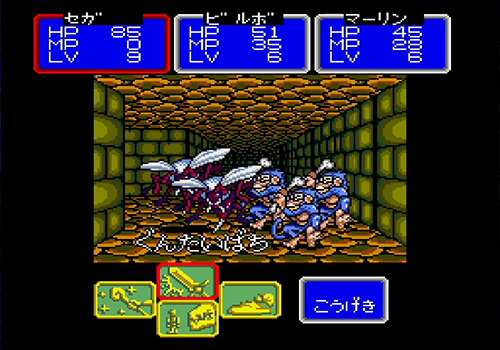

運費計算方式:
貨款滿1000元運費外加90元
貨款1000以下:買1件運費外加 60元,買2件運費外加 70元,
買3件運費外加 80元 ,買4件運費外加 90元
貨到付款外加30元手續費
外島及大陸地區運費另計
付款方式:
線上刷卡:本站採用Paypal線上刷卡
虛擬帳號匯款:屬於您專屬的虛擬帳戶,方便站長查帳使用,本站強力推薦
實體ATM匯款:請將匯款帳號記錄下來至各大銀行ATM提款機轉帳
超商條碼繳費:請列印本站提供的條碼至四大超商繳費
線上轉帳:透過玉山銀行線上ATM轉帳(此系統只支援IE瀏覽器)
貨到付款:本站採用黑貓宅急便貨到付款
其他注意事項:
如需購買線上點數卡請直接跟站長連絡,本站不提供點數卡的線上付款
-
光明與黑暗
- 定 價:
- 售 價: 0.00
- 庫存量: 0 套
- 已賣出: 0 套
 人氣指數: 0 / 6 顆星
人氣指數: 0 / 6 顆星 -
ボナンザ ブラザーズ
- 定 價:
- 售 價: 0.00
- 庫存量: 0 套
- 已賣出: 0 套
 人氣指數: 0 / 6 顆星
人氣指數: 0 / 6 顆星

